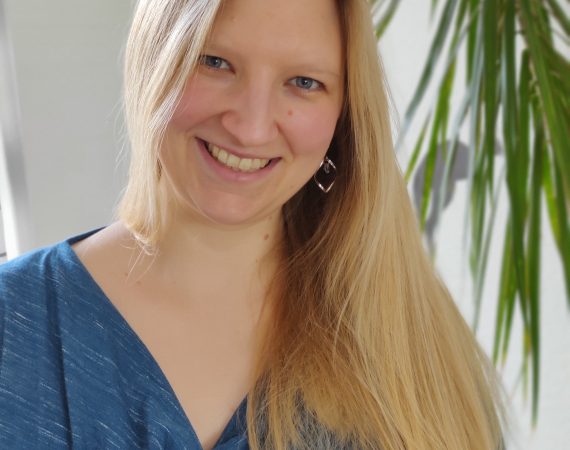Deutsches Zentrum für Luft und Raumfahrt - DLR
The German Aerospace Center (DLR) is the national aeronautics and space research centre of the Federal Republic of Germany. DLR’s mission comprises the exploration of Earth and the Solar System and research for protecting the environment. This includes the development of environment-friendly technologies for energy supply and future mobility, as well as for communications and security. DLR operates major research facilities for its own projects and as a service for clients and partners.
In SUSTAINair, the Institute of Materials Research at DLR will build on its experience in the development of additive manufacturing (AM) processing routes of alloys and expertise on state-of-the art materials characterization, for e.g., by means of laboratory and synchrotron based techniques. DLR also possesses extensive expertise and numerous characterization tools for interface and surface characterization. As an addition, DLR operates an SLM Solutions 280HL LPBF machine equipped with a new in situ melt-pool monitoring tool for coupon as well as component manufacturing.

Jan Haubrich
Dr. Jan Haubrich is a group leader “Materials Design”, heading AM and joining activities, at the Institute of Materials Research, at DLR. His expertise is in Additive manufacturing, particularly for highly-loaded aerospace-components. He is interested in development of joining technologies (bonding, brazing, welding) and hybrid materials, interface and surface characterization. As an addition, he is focused on surface pretreatments for adhesive joining .
DLR will develop and analyse novel bonding concepts in SUSTAINair. Bonding is a key enabler for light weight technologies and a very challenging R&D topic at this. Thus, I am very happy that my colleagues and myself are responsible for this important topic in the SUSTAINair project team.

Miriam Löbbecke
Dr. Miriam Löbbecke is a Staff Scientist at the Institute of Materials Research of DLR. Her expertise is in development of surface pretreatments in adhesive joining technologies, surface and interface engineering and characterization, finite element modeling, development of multi-material solutions, investigation of structure-properties-relationships, bonding and aging mechanisms of adhesively bonded joints.
The design freedom that metallic 3D printing gives us and the complementary know-how of SUSTAINair consortium will enable my colleagues and me at DLR to develop new, effective bonding solutions.
Team members
Joachim Gussone
